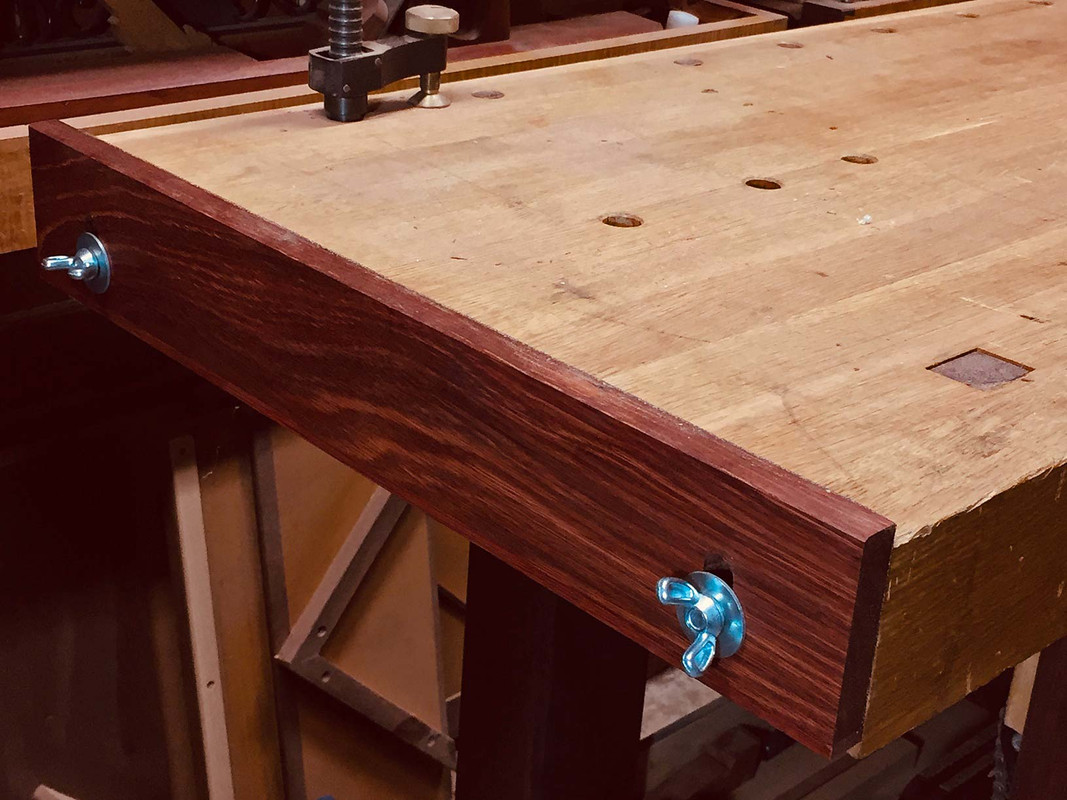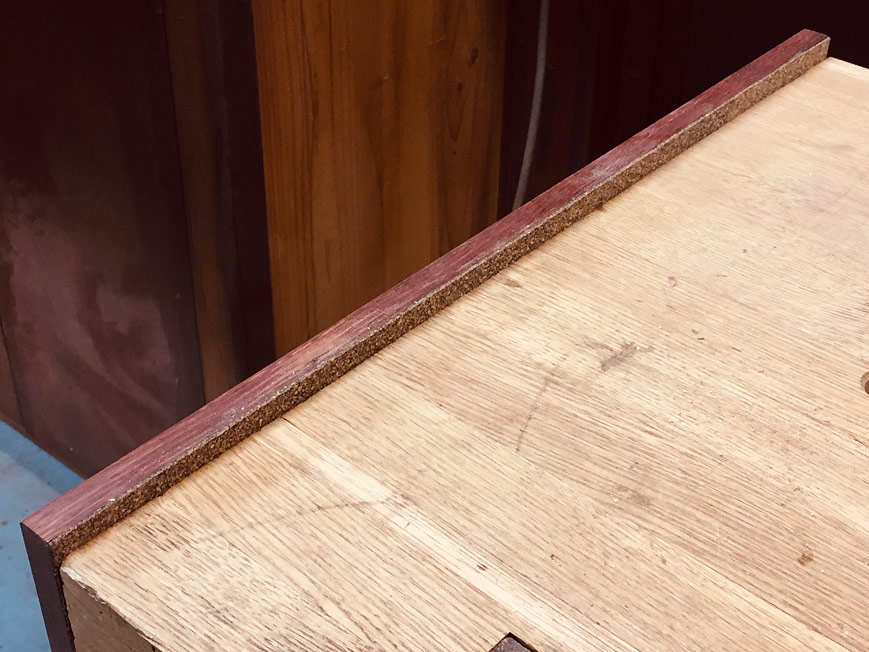As I'm currently contemplating rebuilding a new top for my bench...
I was thinking that I want both dog holes (haven't decided on square or round. I like the square ones in my current bench, but may just go with round this time) and a square, through-mortised planing stop that can be knocked up and down.
In this case, would you put the planing stop in the same "row" as the dog holes, at the end, or would you put it a little further back from the dog holes?
Given the short length of my bench, the dog holes will go for pretty much the whole length of the top. And I'm making the top a bit longer, as I have indeed found 3 feet to be just a tad short even for small work...
Contemplating getting a few hold fasts as well...




 Reply With Quote
Reply With Quote











